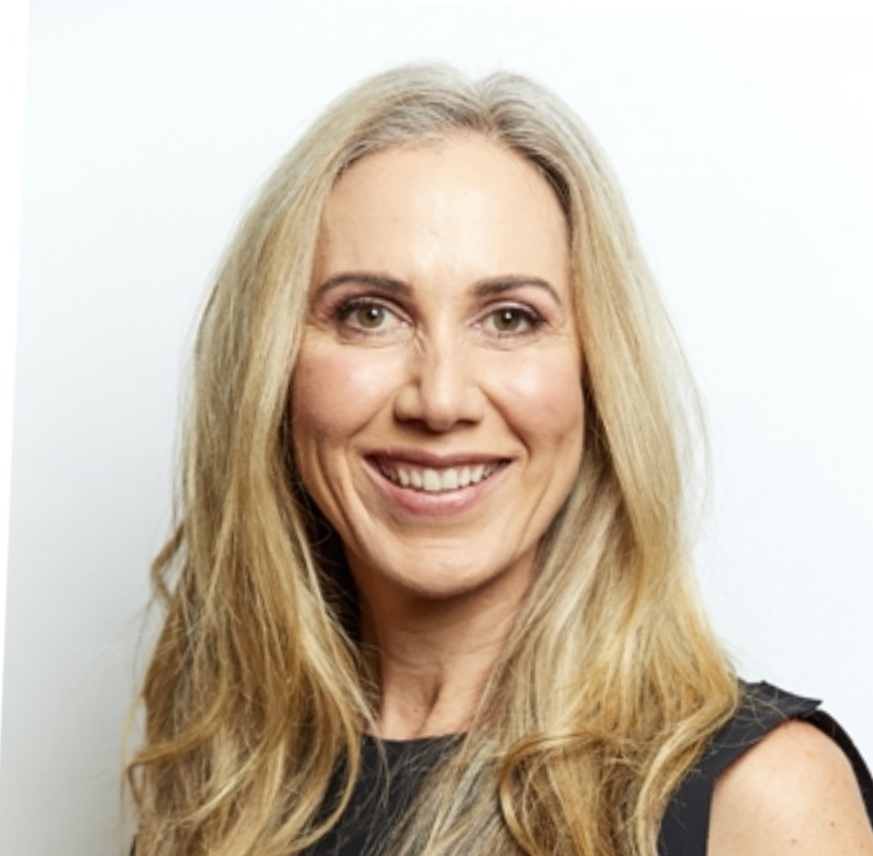Role & Organisation: Head of Sustainability, New Forests
What was your first job?
When I was in grade five I started my first business… walking dogs and watering gardens when my neighbours went on holidays. I’d get a few dollars and put it in my yellow Commonwealth Bank bankbook that we were given in prep, it was collected every Tuesday at school. I learned financial literacy very young and loved the process of earning and saving money. I still have that little yellow bankbook.
When did you know you wanted to work in finance/business?
I studied Commerce with a major in Economics and after completing my undergraduate I went on the typically Australian year long European adventure. I had no idea what I wanted to do for a career as I had found the Melbourne University Commerce degree pretty dull and dry.
That all changed toward the end of my trip when, preparing for a long train ride, I purchased the only English language newspaper I could find. It was a copy of the Financial Times and inside was a double page spread with an article by Economist, Michael Porter, titled The Competitive Advantage of Corporate Environmental Management.
It was one of those lightbulb moments and I was hooked. Serendipitously, when I arrived back at Melbourne University to start my Honours degree, they offered the first ever course in Environmental Economics and Ecological Economics and I have never looked back.
When did you first discover the concept of Impact Investing?
After spending a number of years deep in the climate change space (building the IGCC in Australia and New Zealand) Impact Investment was one first concepts to capture my interest when I joined HESTA. I first heard about Impact Investment from Rekha Unnithan, from what was then TIAA-CREF, now Nuveen, at the UNPRI Conference in 2012. Following the conference, I went back to HESTA, and developed their first Impact Investment Strategy.
The strategy facilitated investment in impact at scale, while also establishing a dedicated allocation to accommodate smaller investments, which did not otherwise meet the Funds meaningful investment thresholds. In late 2013, the HESTA Board approved an allocation within the investment portfolio to the ‘Impact Investment Strategy’, which at the time represented the single biggest commitment from an Australian superannuation fund to the local impact investing market.
What’s one exciting development you and your team have in the pipeline?
We have a couple of very exciting developments in emerging markets. In addition to the Africa strategy OnImpact covered previously, New Forests is currently targeting an expansion of our Southeast Asian strategy through a second-round Southeast Asian fund, Tropical Asia Forest Fund 2 (TAFF2), to build on the climate, biodiversity and community development thesis of TAFF.
The second-round fund seeks to create impact benefits through a blended finance structure and will focus on high social and environmental impact activities directed towards action on climate change, support for communities and rural livelihoods, and protection and enhancement of biodiversity, in alignment with the UN Sustainable Development Goals.
What was the most interesting impact deal (from any team across Asia/Pacific) in the past 12 months?
I was excited to see Liverpool Partners recently reach a first close of $350 million in capital for its new Impact Multi Strategy Fund, which will invest in unlisted assets such as private equity, venture capital, infrastructure and renewables. There is so much talk about the need to scale impact investment, it’s positive to see this sort of institutional and private capital being invested in a new Impact strategy by an Australian manager.
I’ll be interested to learn more about the measurable Impact returns expected to be delivered by this strategy across the key themes of environment, education, sustainable employment and agriculture.
Name one high impact company (globally) that investors should keep their eye on?
I cannot go passed Leapfrog Investments. I have been a huge fan of Leapfrog since I first learnt about them back in 2012. Their clarity of vision is extremely powerful and has been unwavering… Profit with Purpose.
I have been watching them on their journey to reach one billion people with essential services by 2030. Their portfolio of companies currently reach over 205 million people across 35 countries with healthcare or financial services. Their impact management and measurement has been leading the market for over a decade, demonstrating success across their three focus areas i.e. the LeapFrog companies have: grown on average at more than 30 per cent a year from the time of investment; reached 164 million emerging consumers, living on less than $10 per day; and now provide jobs or livelihoods to more than 128,000 people.
In response to the previous question, I could have equally included the $500 million commitment by Temasek to Leapfrog Investments’ future funds. In forming this long-term partnership with strategic limited partner, Leapfrog is again leading the market. In addition to the commitment to the Leapfrog’s future funds, Temasek has invested in the Leapfrog business to help it grow. I’m encouraged by the knowledge that the more we can scale Impact Investment the more we will see Impact at scale.
What’s your vision for impact investing in 5 years time?
I’m sure I add my voice to many when I say that in 5 years time my vision is that all investment incorporates the intentional creation of positive impact. What’s critical to that vision is the enabling architecture of stronger government policy (eg on climate) combined with accelerated progress on regulatory and voluntary measurement and reporting frameworks (eg TCFD, TNFD, SFDR, ISSB), pushing greater levels of ESG performance across the investment value chain.
The vision is for greater innovation, to utilise the evolving methodology, tools and technologies, to create new investible markets to support and deliver real and meaningful environmental and social outcomes.

